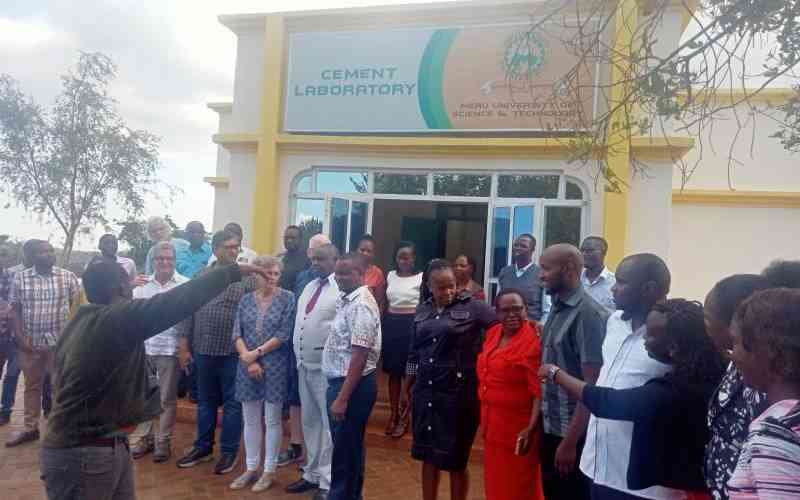×
The Standard e-Paper
Kenya’s Boldest Voice

Scientists at Meru University of Science and Technology (MUST) have innovated clay-based cement, to address climate change and lower the cost of housing.
The clay-based cement is an innovation that aims at offering alternative climate-friendly and cheaper cement to address the rising demand for affordable housing.